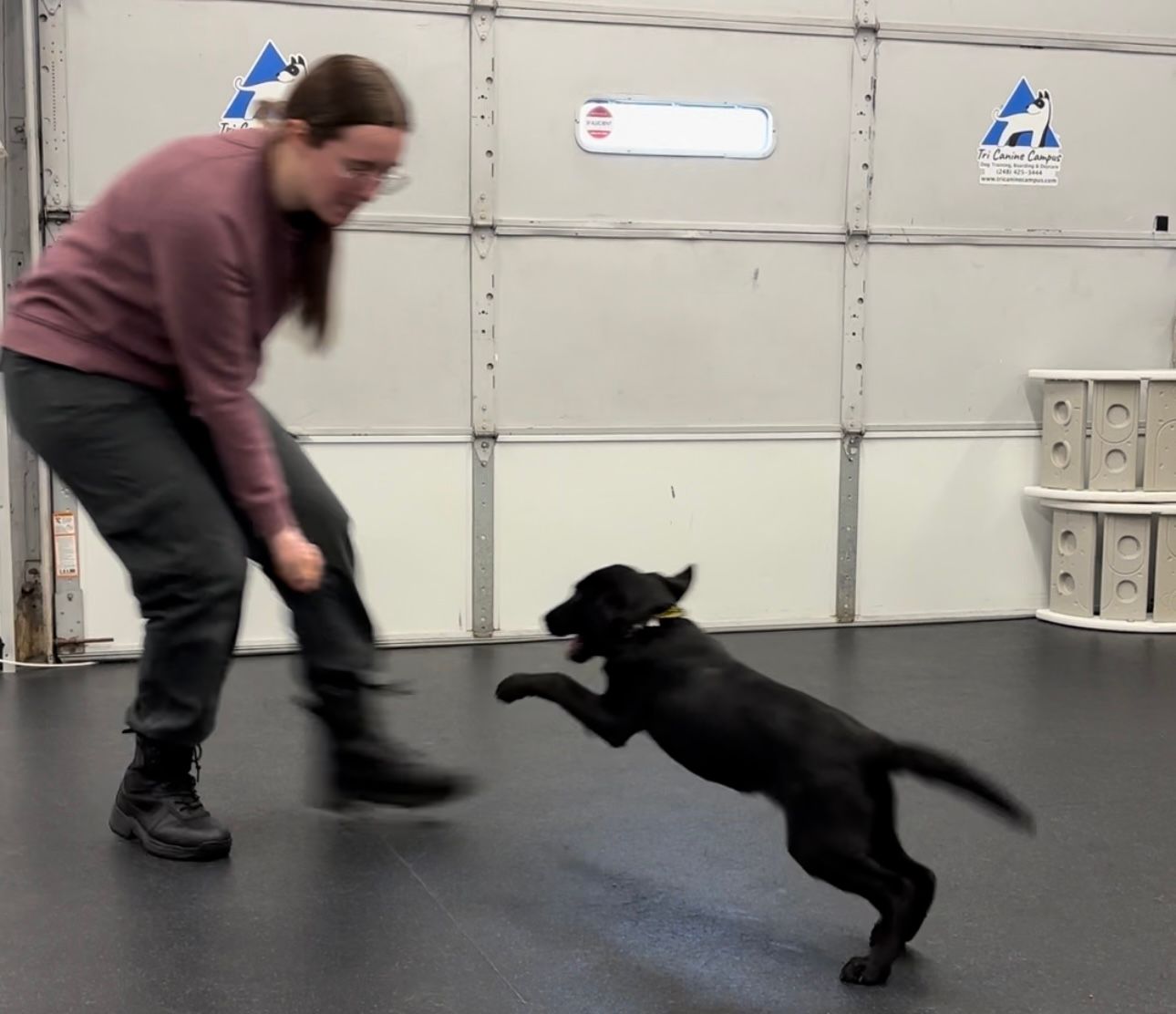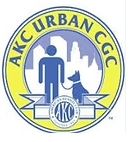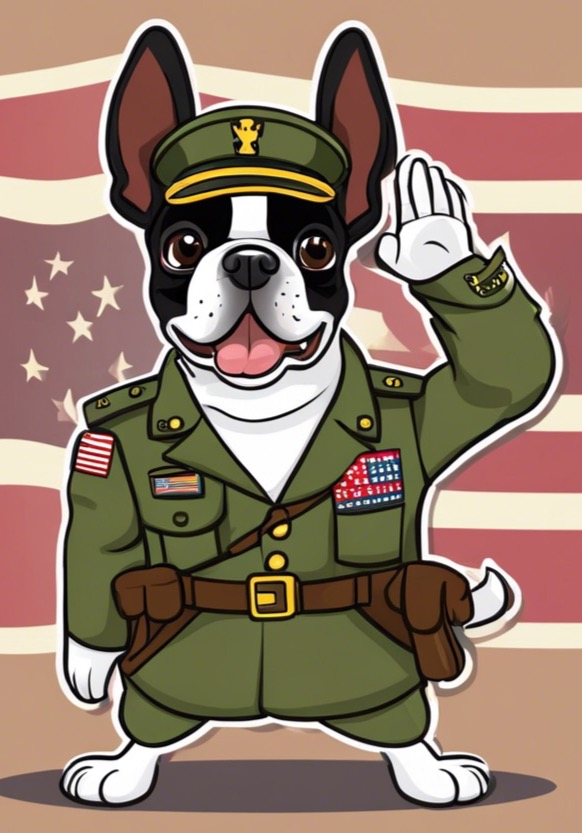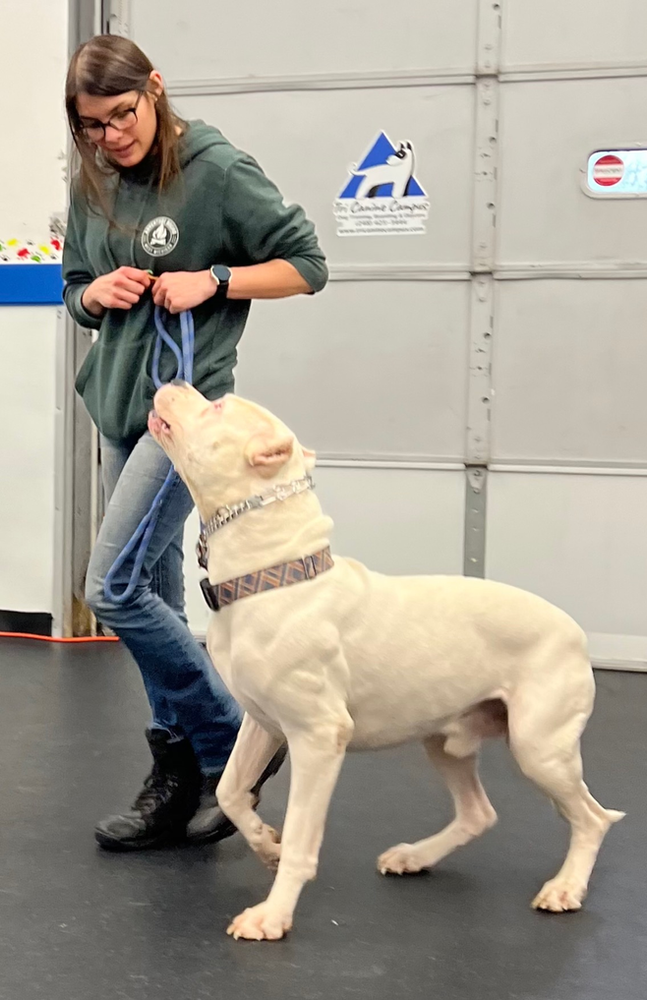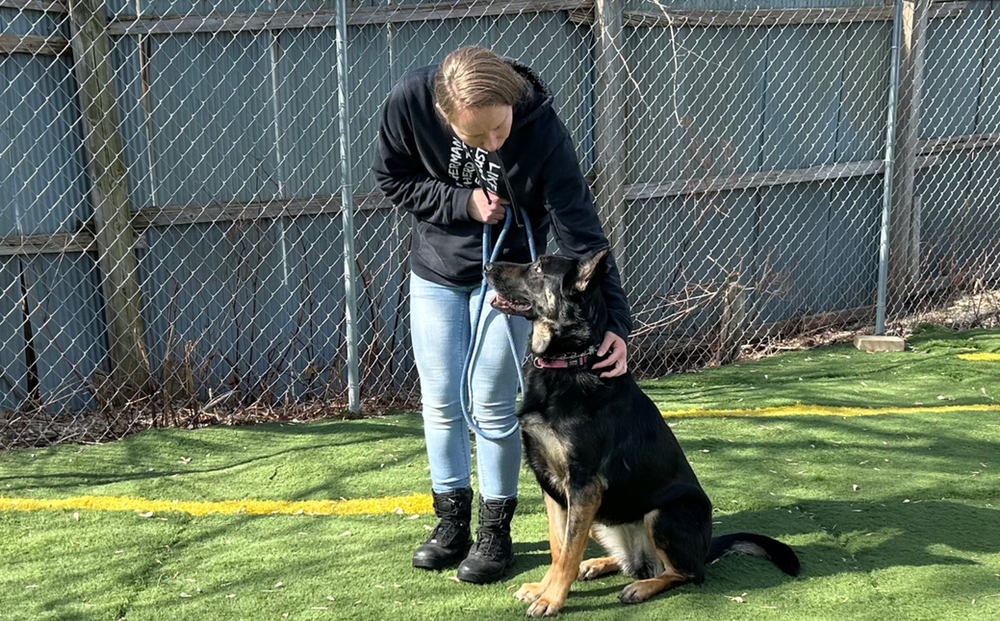The Power of your Voice

“Use the Force Luke”, one of the most popular recited lines from the Mega hit Star Wars series.
With the mere flick wave of a hand, Obi Won Kenobi is able to influence the decisions of the feeble minds of others.
The ‘Voice’ in the movie Dune, when adequately trained and using words of ‘power’ the protagonists were able to use sound as a powerful weapon both for destruction and to influence the minds of others.
In both cases, when correctly using one’s voice, one can manipulate others to do ones will.
When training with dogs, it is very similar.
Dogs do not understand words (there might be those that will dispute this statement but for the vast majority of our four-legged friends, this statement is true), they do, however, understand our emotions, our actions and our tones of voice. Dogs are quite literally empaths.
If you have taken the time to bond with your dog…
Have you ever noticed that when you are grieving, your pup will come and cuddle with you? Have you ever noticed that when you are very excited that your pup is jumping with joy with you? Have you ever noticed that when you are scared, your dog is also on edge?
When you are walking your reactive dog (a dog that barks and pulls whenever it might see a person or dog that it wants to greet) have you ever reflected on how you react? Do you get stiff out of anticipation of how your dog is going to react? Do you automatically pull up on the leash putting tension on your dogs’ collar… even when your pup has not yet seen the oncoming distraction? Subconsciously you are tipping your dog off to your feelings about the situation you are about to be confronted with.
The way you talk to your dog also has a big impact on how it reacts. When you are sad and explaining your heartbreak to your pup, have you noticed that those puppy eyes are reflecting your feelings? When you are overjoyed, your voice gets higher and the giggles and laughter sends your dog into the most dramatic of zoomies? When you are mad as heck because of the issues at work and your grumpy replies has your pup staying at a distance, maybe even cowering when you make eye contact with them?
There is so much power in the use of your voice, specifically the tone of your voice, when you have been properly trained.
Your emotions, when training with your dog, need to be kept under control, especially the negative ones. The answer to this problem, don’t train with your pup if you are in a bad mood.
Much the same as with learning how to use your voice when training, one must also learn to control how they handle the leash when working with dogs. This topic will be covered in a different blog.
What do dogs fundamentally understand about sounds? It is simple, the high tones (for the normal dog) are a good thing. When you speak in a high tone of voice, which we all do when happy, your pup picks up on it and reacts accordingly. When you speak in a low or deep tone of voice, which most of us do when we are grumpy (there are some screamers out there), the pups also pick up on it and act accordingly.
Have you taken the time to watch dogs interact with each other? When greeting, the ‘tone’ sets the music for the initial interaction. If the pups are sociable, you will hear happy whines accompanied by play bows and the fun begins! If one of the pups is not sociable, you will hear low guttural grumps accompanied by a stiff body and possibly the lifting of a lip. A clear indication to the other pup that play is out of the question.
One can equate the high tone of voice to a “Yes” for the dog and the deep tone of voice as a “No”. Dogs (and people for that matter) learn best when being taught in a binary language, “Yes” for when things are done right, and a “No” for those times when things are not done right.
Make no mistake, the most effective and efficient way to train a dog (or person) is when being able to say Yes and No to them at the right moment. Again, the Yes and the No must be absolutely clear to the dog. Pups do not work well in grey areas.
The biggest mistake(s) that we make as dog owners is not being clear with our dogs when we want to teach them right from wrong. Where we make our biggest mistake, especially those first-time dog owners, is to treat or act as if our dogs are kids and think that they understand what we are trying to tell them. First of all, dogs DO NOT understand sentences. Regardless of whether the dog is doing something right or wrong, if we respond to them in a monotonous voice in a sentence, they will not know if we are rewarding them or chastising them. The next thing, dogs live in the moment. If you are not giving your pup a concise “Yes” or “No” for the action they just did, literally within the first few seconds, they will not know why you are giving a “Yes” or a “No” to them.
What does a “Yes” look like for a dog?
Let’s first clarify what a “Yes” or “No” is not. These two conditions are NOT commands. When giving commands to our dogs, they should be given as uniform as possible to our pups so as never to be misunderstood. Once again, this is a topic for another blog.
The “Yes” condition; There are a few distinguishable ways to deliver a good ‘Yes’ to our dogs.
Some might suggest the ‘clicker’ as one of the best ways to convey a ‘yes’ to one’s pup. It is consistent, the tone of the click never changing and therefore a solid message. The clicker, as with any other method of conveying a positive to a pup, must be trained. When the pup does an action that is considered ‘right’, a click is given followed by a reward, most often a treat. The method is very effective. The issue that I have with the clicker, in the real world, we may not have a clicker with us when needed, what then? Or, what if the dog that we just trained is being handled by someone that is not familiar with the use of the clicker? When our pup just did something exceedingly well, where is the joy we need to convey to our pup, the clicker ALWAYS gives the same sound? That joy is an element of bonding the dogs need. Last but not least, where is the ‘marker’ (the click) for those actions we do not want to see from our dog?
I have found that the best method for training the ‘Yes’ (commonly called a Marker Word) to our dogs is with our voice. For the pups to understand what a Yes is, we have to teach it to them. Remember, dogs live in the moment! To teach the “Yes”, it must come immediately following the desired action. You give the pup the Sit command and as soon as that butt hits the ground, a “Yes” is verbalized. This marker word MUST be given in a higher pitched tone than you would use in normal conversation. In order for the dog to understand the “Yes” to mean ‘good’, it MUST be followed by a reward within seconds of giving the marker word. With enough repetition, the dogs will absolutely understand they did correctly what was requested of them.
A word of caution, do not give the reward simultaneously with the marker word. Experience has shown that when this is the case, the dogs fail to understand the significance of the marker word.
Please note;
-
the reward does not always have to be a treat! Treats are best used when teaching a new command, but loving on your pup properly or playing with them can be much more powerful. For more information on rewards, please refer to my Blog, Reward.
-
Any word may substitute the word “Yes” but it must be used consistently. Examples, “Good”, “Good Boy”, “Good Girl”, “Super” (with a German accent), “Ja”, “Jawohl”, “Si”, and the list goes on.
Once a dog has been taught the meaning of the verbal “Yes” condition, the need for treats or rewards will no longer be continuously necessary as the dog will know that it has pleased its owner with the last action. The uttering of the marker word IS the reward.
The “No” marker word works very similarly to the “Yes”. The difference? The “No” is given in a low, deep and grumpy voice followed by a correction. Once again, the marker word must be given immediately with the undesired behavior and the correction should follow within a couple of seconds of the marker word.
For those more in line with positive only training, the negative reinforcement (correction) might just be to remove the dog from the situation, whether that removal is merely moving the dog out of the situation by several feet or placing them in a different room. The correction might also be a pop of the leash or poke in the ribs, enough to break the pup out of its heightened state of mind. A proper correction should always be followed by positive reinforcement for something done right! An example; you are walking with your dog downtown and a friend approaches. A hand is extended to you in greeting as you stop. Your pup gives a low growl and pulls towards the approaching person, a definite bad behavior. You respond with an “Ah-ah” (marker word) and pop the leash. You are looking down at your dog and the pup responds by sitting next to you to then look up and make eye contact, a definitely desired behavior. You give your pup a ‘Good Boy’ followed by a few slow strokes along his cheek and neck.
EVERY DOG IS DIFFERENT!
When formulating the “Yes” and “No” conditions for a dog, the trainer must know the character of the dog. If the dog is timid or scared, that excited, much to do “Yes” may overwhelm the pup. For the dominant dog, that same joyful “Yes” may be an invitation to rough and tumble. Both reactions of the dogs would be counterproductive in the teaching of manners.
The same goes for the “No” condition. A too vigorous pop of the leash may cause a timid dog to ‘shut down’ and not follow any more directions. Whereby a subtle pop of the leash for a dominant dog would be merely a love tap and go completely unnoticed.
When you have been trained properly to implement the right tone of voice (guys, you have to master a girly voice when giving the “Yes”, and girls, you will need to dig deep to get the grumpy unmistakable and required “No” out) and give those marker words with perfect timing, you will find that training has just been simplified another notch and your bond with your pup has deepened.
THERE IS POWER IN YOUR VOICE!


